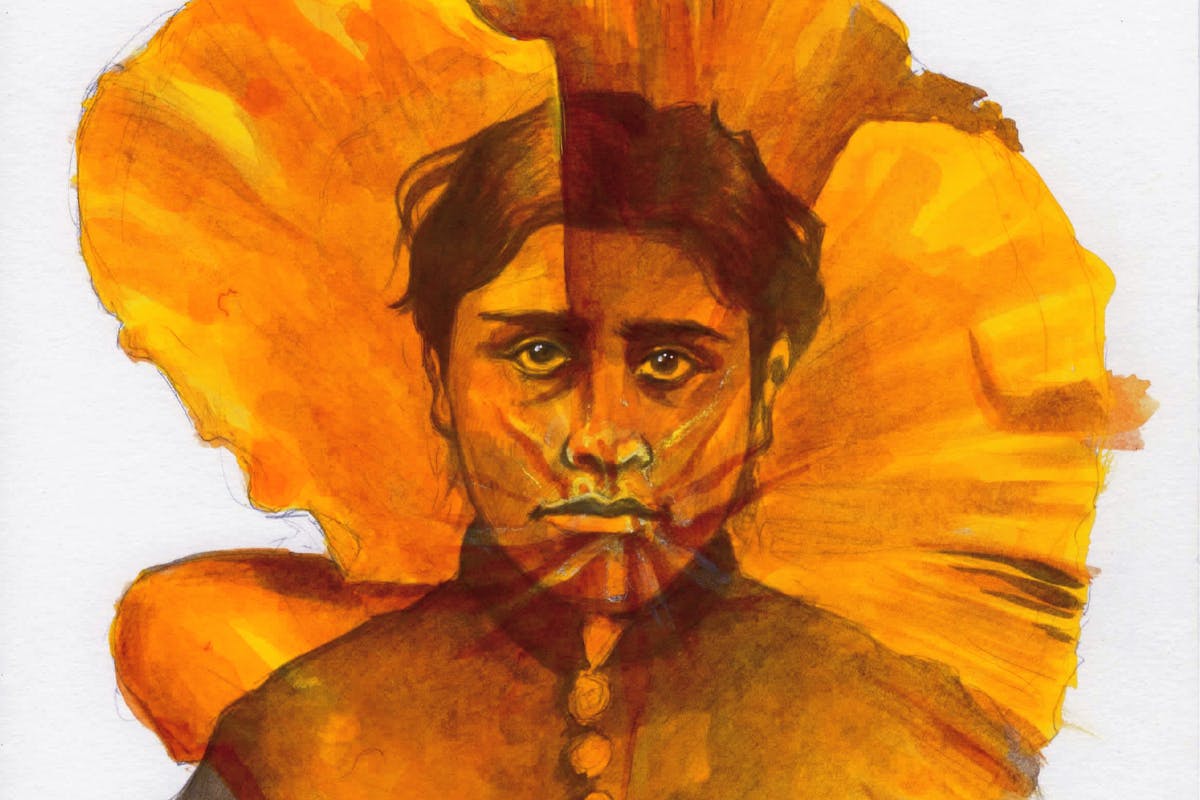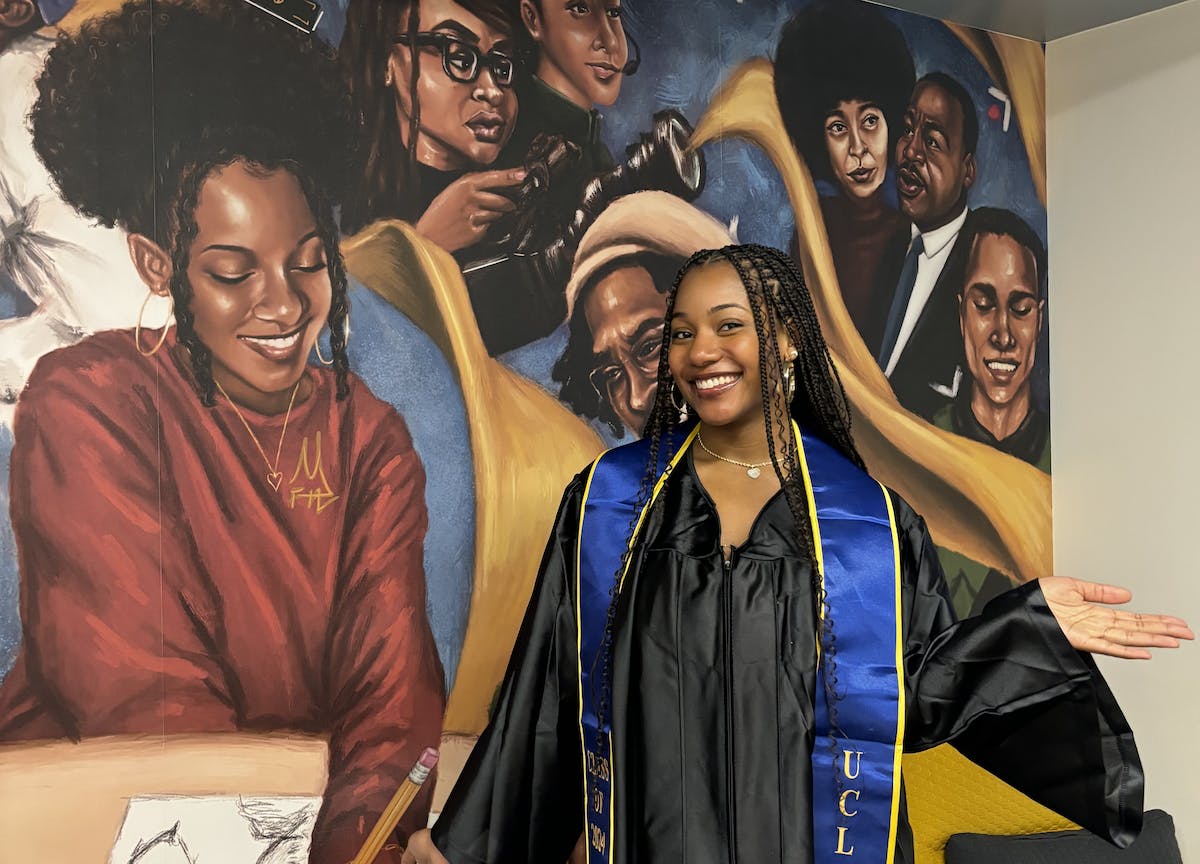Getty invests more than $17 million in 2024’s art and science-themed Pacific Standard Time

The Getty announced on Tuesday that it has increased its grant investment for organizations to conduct research and develop programming for the next iteration of the art extravaganza, Pacific Standard Time: It now stands at $17 million. As it adds participants and awards programming grants this fall, the Getty expects that figure to swell upward to $19-20 million. It also announced a commitment to presenting Pacific Standard Time every five years and is tweaking the initiative’s name to “PST Art.” The next iteration is titled: “PST Art: Art & Science Collide.”
When the art initiative kicks off, expect to see a model on view at the Southern California Institute of Architecture of a futuristic, sustainable, “hyperdense” city built to house the planet’s entire population of 8 billion people.
Also prepare for interplanetary exploration. The Jet Propulsion Laboratory will present artworks at Brand Library & Art Center that ponder how a new understanding of the cosmos could shape relationships between humans and robots.
And plan to get your hands dirty. Workshops in conjunction with Self-Help Graphics & Art will have visitors smushing claylike minerals to create outdoor sculptures that will disintegrate into — and ideally heal — toxic soil.
When it debuts in September 2024, PST Art — coordinated exhibitions from more than 50 cultural, scientific and educational organizations across Southern California — will explore the intersection of painting, sculpture, biotechnology, cosmology, sustainable agriculture, the climate crisis and environmental justice, dance, experimental music and myriad other areas of art and science — historically, in the present and in the future. It will include not only dozens of concurrent exhibitions, but also performances as well as staged conversations, publications and other programming. More than 800 artists are currently involved.
Securing PST Art’s future was one of the first orders of business for Getty Trust President and Chief Executive Katherine E. Fleming, she said in an interview when she assumed her post in August.
“It was clear to me right when I came in at the Getty that PST was a huge, big deal for all sorts of people and organizations across Southern California,” Fleming says. “And while the past two iterations of it had been a huge success, it wasn’t completely clear that it was going to be baked into the life of the organization. And the excitement around it — both internally at the Getty and externally — was such that it made it a total no-brainer to decide to make the commitment to do this regularly every five years.”
Rebranding the name, she adds, is “to make clear it has to do with art, to differentiate it from the highly Google-able PST” used to denote time zones.
The inaugural Pacific Standard Time, in 2011-12, explored the SoCal art scene from 1945-1980; the second one, in 2017-18, covered Latin American and Latino art in dialogue with L.A. The Getty’s overall grant investment for those initiatives was $11.4 million and $16.3 million, respectively.
In an interview last week, Fleming and the Getty Foundation Director Joan Weinstein were brimming with excitement about what will be the broadest Pacific Standard Time to date in terms of types of organizations participating and topics addressed. The geographical footprint includes participants as far north as Lancaster, as far south as San Diego and as far east as Palm Springs and could expand.
“For each one of these [PST Art] iterations, it’s become a little bit more ambitious,” Weinstein says. “One of the exciting things about this Pacific Standard Time is that a lot these projects are, in ways, trying to redefine new relationships between art and science for the 21st century. And working together, they might hold the keys to some innovative solutions.”
The Getty first announced its grant recipients for “Art & Science Collide” in January 2021. Since then, participants have been using those funds to conduct scientific research or commission new artworks or develop programming and exhibitions. Forthcoming presentations will cover a sweeping timespan, with works including medieval Islamic illustrated books, Mesoamerican ceramics and textiles, ancient Aboriginal drawings as well as films, videos, computer art and artificial intelligence technology.
The Getty has named eight themes that the many exhibitions fall into.
For “Ecology and Environmental Justice,” Self-Help Graphics will present a project at Luckman Gallery, Cal State LA. It looks at how toxic manufacturing sites in East and Southeast L.A., such as the now-closed battery recycling plant, Exide Technologies, in Vernon, have affected communities near SHG. L.A.-based artist-scientist Maru García collaborated with Natural History Museum of Los Angeles County scientists to research methods of healing the soil. They’re, in turn, working with residents in affected areas to test a method for lead remediation using minerals. The exhibition will display documentation from the process, García’s mosaics made of soil and sculptures made of remediating materials.
“This exhibition is personal for me,” says García, who grew up in Puebla, Mexico. “When I was back in Mexico, I played in my frontyard, and it was magical for me to play with soil and interact with the little creatures. It’s heartbreaking for me now, that these families, children, are facing a situation that is impeding living and playing safely in their backyard. It’s also related to my interest in healing soil for good food and helping the plants and ecosystem.”
L.A.’s Museum of Contemporary Art, exploring the same theme, will present a 30-year survey of work by Olafur Eliasson that tackles climate issues as well as a new, immersive large-scale installation by the artist.
Addressing “Global Cultures,” San Diego’s Mingei International Museum will take a deep dive into the history and potential future of the Indigo plant, “with roots going back 6,000 years in Peru and 4,500 years in Egypt,” and examining its popularity as a dye and pigment in art.
Two themes look toward the future: “Claiming Tomorrow” and “Visions of the Future.” The Academy Museum of Motion Pictures, as part of the latter, will present an exhibition and companion programming “examining the global impact and lasting influence of Cyberpunk on cinema culture.”
Meanwhile, within that same theme, the Autry Museum of the American West will present an installation in which Indigenous artists address aspects of science fiction. We’re sold, if just by the title of the exhibition: “Indigenous Futures or How to Survive and Thrive After the Apocalypse.”
The other themes are: “Technologies of Seeing and Control,” “The Body: Site, Image, Possibility,” “Picturing Science” and “The Skies and the Cosmos.”
For the latter, the Los Angeles County Museum of Art will present sculptures, photographs, videos, manuscripts and astronomical instruments exploring “the breadth of cosmologies, including astrology and astronomy, across cultures and time.”
L.A.-based artist and UC Santa Barbara professor Sarah Rosalena, who works at the intersection of craft and technology, will be showing work in multiple PST Art exhibitions, including one with the Hammer Museum and one with the Armory Center for the Arts.
“I’m delighted to see my research and work in computational craft, which thinks beyond boundaries as a dialogue between emerging technologies, science and historical craft traditions, being shown concurrently statewide. That’s what ‘PST Art: Art & Science’ is all about,” Rosalena says.
This PST Art will also establish Community Hubs, to develop participatory activities outside of the core exhibitions on view. Downtown’s LA Plaza de Cultura y Artes, LA Commons in South L.A. and the Lancaster Museum of Art and History will steer these efforts, each drawing in participants from their communities.
Fleming says that while she was traveling internationally, prior to starting her job at the Getty, she was struck by how many people — whether fellow travelers swapping backstories or colleagues at arts institutions — knew about PST Art, and they felt passionately about it.
Given that interest, PST Art might one day hit the road. Or board a plane.
“Joan and I are starting to have some conversations about ‘might there be scope, in a future PST Art, to think of ways to explicitly internationalize it,’” she says. “Either by making it possible for some of the exhibitions to go on the road, internationally, or reaching out to international partners.”
For the upcoming PST Art, she adds, art and science are not meant to be parallel tracks on which to present exhibitions, but “intertwined with one another, so they become even more powerful and exciting.”
“We’ve been struck by how excited the scientists are about the art dimension,” she says, “and how excited the art people are about the scientific dimension — and how, in many ways, very similar thought processes are involved.”
- LA TIMES, Deborah Vankin

